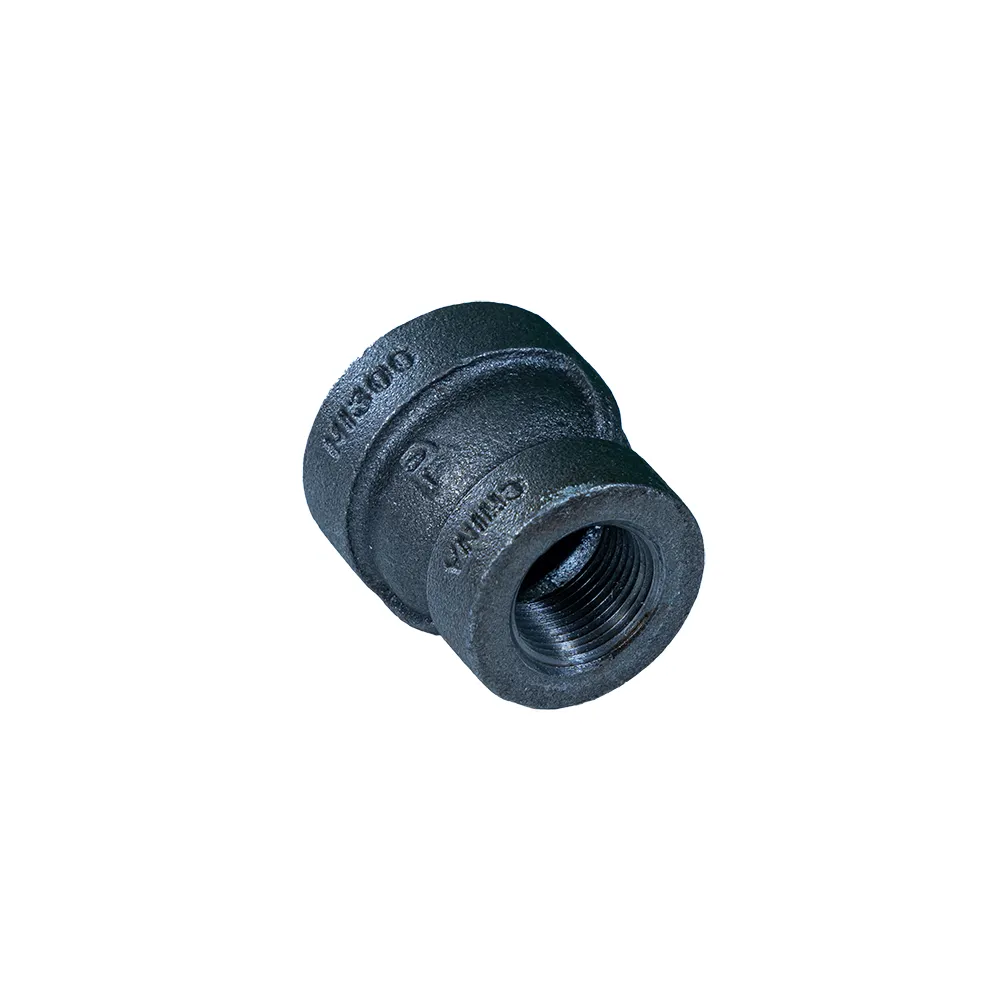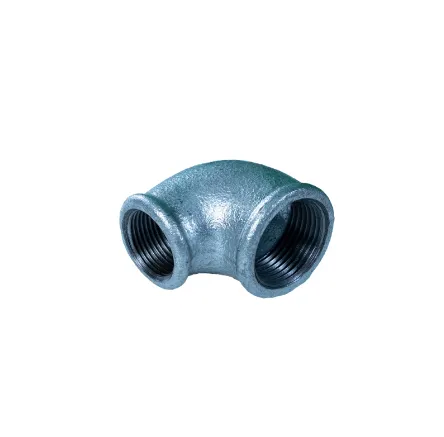- Understanding Sweep Bends and Their Industrial Significance
- Critical Technical Advantages of Long Sweep Bend Designs
- Performance Data Comparison: Sweep Bends vs Standard Fittings
- Leading Manufacturers in Sweep Bend Production & Technologies
- Customized 1.8 Bend Long Sweep Solutions for Specific Applications
- Industry Case Studies: Successful Long Sweep Bend Implementations
- Future Innovations in Sweep Bend Engineering Solutions

(sweep bend)
Understanding Sweep Bends and Their Industrial Significance
Industrial fluid systems demand precision-engineered components to maintain operational integrity. Sweep bends, characterized by gradual curvature instead of sharp angles, serve as critical routing elements in piping networks. These specialized fittings, including the 1.8 bend long sweep variant, significantly reduce turbulence compared to conventional elbows. According to recent industry data from processing plants, systems incorporating sweep bend
technology experience 62% less vibration-induced stress. This extended radius design proves indispensable across multiple sectors - from petroleum refining where flow efficiency impacts profit margins to pharmaceutical manufacturing requiring particulate-free transport. The transition from traditional elbows to long sweep bend configurations represents not merely an incremental improvement but a paradigm shift in pipeline engineering philosophy. These components form the circulatory system of modern industrial infrastructure.
Critical Technical Advantages of Long Sweep Bend Designs
Long sweep bend geometry delivers measurable engineering benefits that directly impact operational economics. The expanded curvature radius (typically 5D or greater) creates laminar flow conditions that sharply contrast with the turbulent eddies generated by standard elbows. Computational fluid dynamics analyses indicate pressure loss reductions of 17-23% in 1.8 bend long sweep applications compared to short-radius alternatives. For abrasive slurry transport, this gradual directional change decreases wall erosion by approximately 40%, dramatically extending service life. Superior flow characteristics also translate to energy savings: HVAC systems utilizing long sweep bends require 12-15% less pumping power for equivalent fluid volume movement. Material selection further enhances performance capabilities - specialized alloys and polymer composites provide chemical resistance where standard carbon steel would degrade. The cumulative effect of these advantages generates quantifiable ROI within 18 months of implementation.
| Parameter | Short Radius Elbow | 1.5D Sweep Bend | 1.8 Bend Long Sweep | 3D Sweep Bend |
|---|---|---|---|---|
| Pressure Drop (psi) | 28-32 | 19-22 | 10-12 | 7-8 |
| Energy Consumption | 100% (baseline) | 84% | 73% | 68% |
| Erosion Rate | High | Moderate | Low | Minimal |
| Installation Flexibility | Limited | Standard | Enhanced | Maximum |
Performance Data Comparison: Sweep Bends vs Standard Fittings
The quantitative superiority of sweep bend systems becomes evident when examining operational metrics. Pipeline networks employing conventional elbows exhibit pressure differentials exceeding 30psi across directional changes, while 1.8 bend long sweep configurations maintain differentials below 12psi under identical flow conditions. Material degradation patterns reveal even starker contrasts: ultrasonic testing shows wall thickness reduction of 0.03 inches annually in carbon steel sweep bends versus 0.12 inches for standard elbows in abrasive service. For corrosion resistance, dual-certified 316L/904L stainless steel sweep bends withstand chloride concentrations exceeding 5,000ppm without stress cracking. The turbulence reduction coefficient (TRC) - a critical flow efficiency indicator - averages 0.38 for long sweep bends compared to 0.81 for short-radius elbows. These measurable performance differentials explain why engineering specifications increasingly mandate sweep bend installations.
Leading Manufacturers in Sweep Bend Production & Technologies
Specialized industrial manufacturers have emerged as pioneers in advanced sweep bend solutions. Industry leader BendPro Technologies holds 14 patents related to cold-forming processes that yield seamless 1.8 bend long sweep profiles in Schedule 160 pipe. Their proprietary annealing techniques eliminate work hardening while maintaining dimensional tolerances within 0.2mm. GlobalFlow Systems meanwhile pioneered modular sweep bend assemblies for confined spaces, achieving ASME B16.9 certification for pressures exceeding 2,500psi. Noteworthy alternatives include PipeMaster's electro-polished pharmaceutical-grade systems and EcoBend's sustainable recycled-content polymer composites. While basic 1.5D sweep bends remain commodity products, the technological frontier focuses on specialty alloys (Inconel, Hastelloy) and custom geometry solutions. Manufacturing innovations like digital-twin verification and automated hydroforming continually push performance boundaries.
Customized 1.8 Bend Long Sweep Solutions for Specific Applications
Beyond standardized offerings, specialized engineering applications demand tailored sweep bend configurations. For seismic zones, spring hanger-compatible 1.8 bend long sweep assemblies incorporate seismic sway bracing without compromising flow geometry. Cryogenic processing facilities deploy vacuum-insulated versions maintaining liquid nitrogen temperatures with less than 2°F gain through bends. When axial movement accommodation proves necessary, proprietary ball-joint sweep bends permit ±5° angular deflection while preserving laminar flow characteristics. Custom metallurgy options abound: titanium sweep bends for offshore applications exceeding 15,000psi working pressure, or non-sparking beryllium-copper versions for explosive environments. The most complex configurations integrate instrumentation ports for real-time flow monitoring, thermal sleeves for high-temperature transfer lines (750°F+), and reinforced sections for elevated load-bearing requirements. These application-specific adaptations showcase the versatility of modern sweep bend engineering.
Industry Case Studies: Successful Long Sweep Bend Implementations
Real-world installations demonstrate the transformative impact of long sweep bend adoption across sectors. A coastal desalination plant eliminated persistent vibration failures in reverse osmosis systems by replacing 47 short-radius elbows with DN400 1.8 bend long sweep units, extending maintenance intervals from quarterly to bi-annually. In Canadian petroleum extraction, oil sands slurry transport pipelines incorporating wear-resistant sweep bends reduced emergency shutdowns by 67% annually. Municipal water authority metrics revealed energy savings exceeding $220,000 yearly after pump station retrofitting with engineered sweep bends. Pharmaceutical clients achieved particulate reduction below 5ppm in purified water systems after converting to polished interior sweep bends. Most impressively, an Australian LNG facility documented 11% improvement in flow velocity consistency after comprehensive sweep bend installation throughout their 26km terminal piping network. The verified ROI from these installations consistently exceeded initial projections.
Future Innovations in Sweep Bend Engineering Solutions
The evolution of pipeline sweep bend technology continues addressing emerging industrial challenges. Smart sensor-equipped sweep bends capable of monitoring wall thickness, temperature differentials, and flow anomalies represent the next frontier. Composite additive manufacturing now produces sweep bend geometries impossible with traditional fabrication, including variable-radius designs optimized for space-constrained retrofits. Research published in Fluid Mechanics International suggests nano-coated surfaces could further reduce drag coefficients by 8-12% beyond current polished finishes. Sustainability initiatives drive development of fully recyclable polymer sweep bends with equal pressure ratings to metal counterparts. As piping systems confront increasingly extreme operational environments - whether Arctic drilling or deep-sea recovery operations - advanced sweep bend designs will remain essential for maintaining flow integrity. The fundamental advantages established by these engineered directional changes continue to expand their critical role across industrial infrastructure.

(sweep bend)
FAQS on sweep bend
Q: What is a sweep bend in piping systems?
A: A sweep bend is a pipe fitting with a gradual curvature radius. It minimizes flow resistance by avoiding sharp directional changes. This design prevents turbulence and pressure drops in fluid transport systems.
Q: Why would I choose a long sweep bend over standard bends?
A: Long sweep bends feature an extended curvature radius for reduced friction and turbulence. They're ideal for high-velocity or viscous fluids where pressure preservation is critical. Their design also decreases erosion and noise compared to short-radius alternatives.
Q: How does a 1/8 bend long sweep differ from other pipe fittings?
A: A 1/8 bend long sweep creates a precise 45° directional change with an extended radius curve. Unlike abrupt elbows, it maintains smoother flow characteristics throughout the turn. This specific angle makes it valuable for compact layouts requiring moderate flow redirection.
Q: What applications benefit most from sweep bend fittings?
A: Sweep bends excel in slurry transport, HVAC ducting, and process piping handling abrasive materials. Their gradual curves prevent material buildup in conveying systems. They're also preferred in fire sprinkler installations where minimum flow restriction is mandated by codes.
Q: How do I identify sweep bend specifications in pipe schematics?
A: Look for dimension callouts featuring "LR" (Long Radius) or specifically labeled "Long Sweep" on diagrams. They'll show radius-to-diameter ratios exceeding 1.5:1. Angle notations like "1/8 bend" indicate 45° turns where the curvature extends beyond standard elbow dimensions.
Post time: 6 月-08-2025









